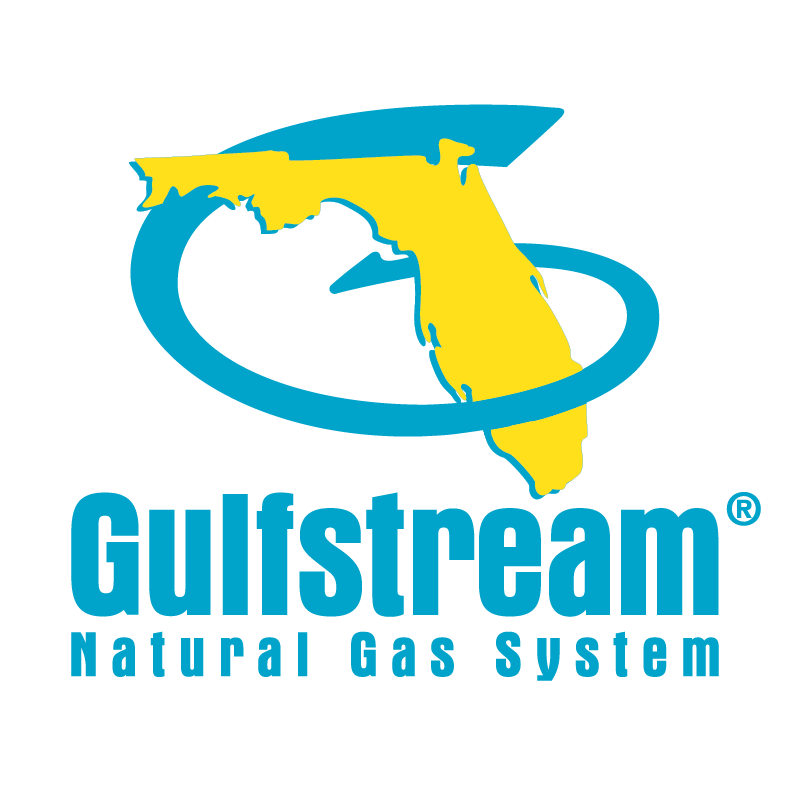Gulfstream has established general guidelines landowners or excavators should follow when working near our pipeline right-of-way. If you are planning any work requiring excavation, please call your local Gulfstream office and your state one-call system by dialing 811.
Notification
Before digging near our pipeline, you should know the pipeline’s exact location and depth. Gulfstream should be notified prior to any work being done near our pipeline or facilities. A company representative will then locate and mark our pipeline and assist you, or the contractor, by providing safety measures that shall be followed. Notification should also be made to the appropriate one-call system prior to any excavation.
Excavation, Tunneling and Boring
Excavation is not allowed on Gulfstream’s right-of-way without prior approval and a company representative present.
Temporary Equipment Crossings
To protect the pipeline from external loading, Gulfstream will perform an engineering evaluation to determine the effects of any proposed equipment use. Mats, timber bridges or other protective materials deemed necessary by Gulfstream shall be placed over our underground facilities for the duration of any loading.
Filling a disturbed area after work is completed
In filling the disturbed area, compaction equal to the existing undisturbed soil must be achieved.
Above-ground structures
In order to provide for the adequate maintenance and operation of our facilities, above-ground structures are normally prohibited within Gulfstream’s right-of-way. Contact your Gulfstream representative for more details.
Roads, streets and driveways
Gulfstream will complete a preliminary engineering review for all roads, streets, driveways, etc., proposed on Gulfstream’s right-of-way and may require a pipeline inspection and written approval prior to construction. Driveways, highways, roads and streets crossing Gulfstream’s pipeline facilities should cross at an angle as close to 90 degrees as possible. Parallel occupancy of the right-of-way is not permitted.
Disposal systems
Septic tanks, liquid disposal systems, and hazardous waste disposal systems are not allowed on the right-of-way. This includes discharge from sewage disposal systems, the discharge of any hydrocarbon substance, the discharge or disposal of any regulated waste, or any other discharge that may prove damaging or corrosive to our facilities.
Water impoundment
To provide adequate maintenance and operation of Gulfstream’s facilities, the impoundment of water on our pipeline right-of-way is not allowed. Temporary soil erosion and sediment control devices and stormwater detention basins/traps will be reviewed on a case-by-case basis.
Blasting
Explosive detonations in the vicinity of our facilities are not permitted without prior analysis and written approval from Gulfstream. If approved, a Gulfstream representative must be on site during the blasting. Your Gulfstram representative can provide further details.
Landscaping
Landscaping in the vicinity of Gulfstream’s facilities is limited to lawn and low-growing (less than five feet tall at maturity), shallow-rooted shrubbery. Planting of shrubbery is not permitted closer than five feet on either side of the pipeline. Trees are not permitted.
Pipeline markers
Installation of pipeline markers is mandated by federal law to assist in identifying the location of pipeline facilities. Landowners should ensure that all temporary and permanent pipeline markers installed by Gulfstream are protected and maintained at all times during construction.
Fences
Fence posts should not be installed on Gulfstream right-of-way without prior notice and written approval. Gulfstream may require hand-digging for fence posts installed within Gulfstream’s right-of-way.
